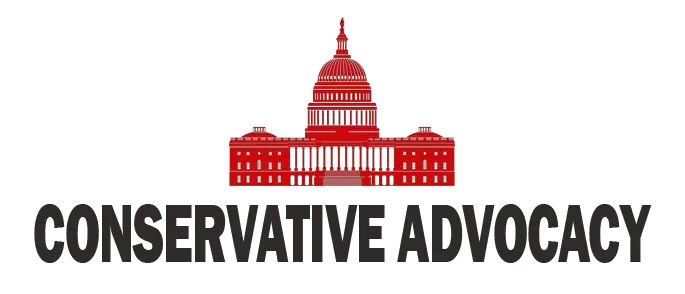In a world where distractions are as abundant as tax hikes in a liberal budget, it’s no wonder parents and teachers are bombarded with headlines about the so-called ADHD epidemic. Our trusty devices, like smartphones and tablets, are as commonplace as mom’s apple pie. But when did normal childhood behavior become a condition that warrants a diagnosis? According to the latest criteria, which include the DSM-5 guidelines, there is a notable prevalence of ADHD diagnosed in children, but it is not fair to say that practically every kid who ever squirmed in a chair is diagnosed with ADHD. It’s important to recognize that certain behaviors must be persistent and present in multiple settings for a diagnosis.
Let’s take a trip down memory lane, shall we? Imagine a classroom in the 90s. Kids were fidgeting, daydreaming, and occasionally forgetting their homework. Sound familiar? That’s because it is. These are called growing pains, not disorders. Yet, in today’s tech-infested world, innocuous childhood traits are often considered in the context of potential symptoms. The implementation of digital devices wasn’t an invitation for psychological diagnoses. Yet, here we are, classifying certain behaviors, when persistent and impairing, as indicative of a disorder according to structured criteria.
The Centers for Disease Control and Prevention have provided details about ADHD, and while they acknowledge the prevalence, they emphasize that a diagnosis requires clinically significant impairment in multiple settings. Making careless mistakes? Daydreaming? These can be classic traits of childlike curiosity and growing independence. However, when they are persistent and occur across different environments, they may be symptoms of a psychological condition. Generations have grown up with these traits, and despite these challenges, many turned out just fine.
Perhaps one might consider if it’s the distractions in life, rather than the children themselves, that need a re-evaluation. Instead of funneling children into the ADHD label, a bit of discretion might be suggested. How about creating more structured environments and engaging teaching methods? By dishing out diagnoses inappropriately, we’re essentially conveying the message that certain natural behaviors might be abnormalities. That seems like a rather bitter pill to swallow.
In the end, this ADHD-fueled frenzy may say more about society’s impatience with youthful exuberance than about any actual rise in disorders. Rather than seeking to curb kid-like behavior through diagnoses, let’s roll up our sleeves and nurture these young minds with the patience and understanding they deserve. After all, weren’t most great minds from eras past once criticized for their inability to sit still and fit in neatly with imposed societal norms? It’s high time we stopped confusing the ordinary with the extraordinary in this ADHD narrative.




